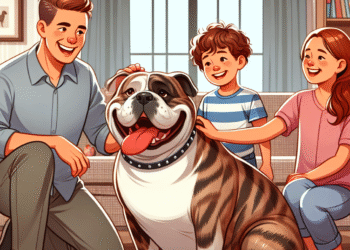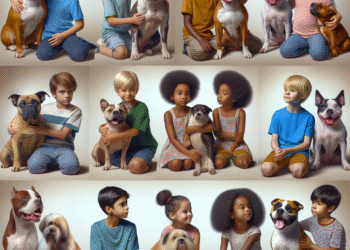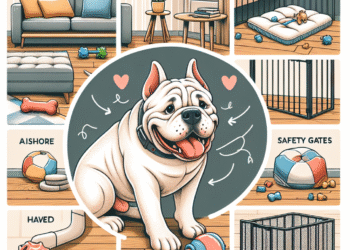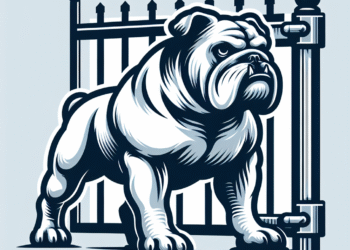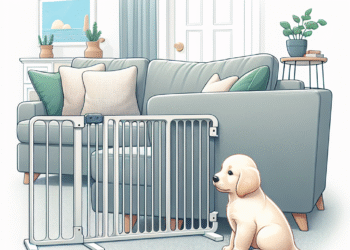Rescue bullies, often referred to as pit bulls or bully breeds, have garnered a reputation that swings between adoration and fear. These dogs, once celebrated as loyal companions and family pets, have also become embroiled in discussions surrounding aggression and dangerous behavior. In this article, we seek to unpack the myths surrounding aggression in rescue bullies and illuminate the reality of their behavior and the factors influencing it.
The Origin of the Myths
The stigmatization of pit bulls and other bully breeds can be traced back to historical and cultural factors. Media portrayals often highlight isolated incidents of attacks, focusing on the breed while neglecting the context—such as the owner’s responsibility, training methods, and the dog’s individual history. This sensationalism has contributed to a narrative that paints these dogs as inherently aggressive.
The Role of Socialization and Environment
One of the most critical factors influencing a dog’s behavior is its environment and socialization during critical developmental stages. Rescue bullies often come from backgrounds of neglect, abuse, or improper training. These experiences can lead to fear-based reactions, which may be misinterpreted as aggression. A well-socialized dog that receives positive reinforcement training can adjust well to various situations and people, regardless of breed.
Understanding Aggression: Beyond the Breed
Types of Aggression
Aggression in dogs can stem from various sources, including fear, protection, possessiveness, and frustration. Understanding these types is crucial in assessing a dog’s behavior:
-
Fear Aggression: Many rescue bullies have faced traumatic experiences. When threatened or frightened, they may respond aggressively—a behavior often rooted in survival instincts.
-
Protective Aggression: Pit bulls are often fiercely loyal to their families. In some cases, they may display protective behaviors, particularly if they sense their owners are in danger.
- Redirected Aggression: When a dog is unable to access a target (e.g., another animal during a walk), it may redirect its frustration toward a human or another dog nearby.
The Importance of Training and Socialization
The effectiveness of rehabilitation in rescue bullies cannot be overstated. Training that emphasizes positive reinforcement can lead to significant behavioral improvements. Socializing dogs with diverse groups of people and other pets helps them develop confidence, reducing the likelihood of reactive aggression.
Debunking the Myths: Data and Research
Many statistics regarding dog bites and aggression risk are often presented without context. According to studies, the risk of aggression is often linked more closely to the owner’s behavior and training practices than to the dog’s breed. Responsible ownership plays a pivotal role in curbing aggressive tendencies through proper training and management.
Breed-Specific Legislation: A Misguided Approach
Some regions have enacted breed-specific legislation (BSL), banning or restricting certain breeds deemed dangerous. However, research indicates that these laws do not lead to a decrease in dog bites and can, in fact, divert attention from more effective, comprehensive solutions that focus on responsible pet ownership and education.
The Role of Rescue Organizations
Rescue organizations play a crucial role in shaping the narrative around rescue bullies. These organizations often engage in educational outreach, emphasizing responsible ownership and the importance of training and socialization. By informing potential adopters about what to expect and how to raise a well-adjusted dog, they can help dispel harmful stereotypes.
Success Stories: Changing Perceptions
Countless success stories of rescued bullies demonstrate their capacity for love, loyalty, and companionship. These positive accounts serve as powerful tools in changing public perception. Advocates often share stories of how rescued pit bulls excel in various roles, including therapy work and service animal functions, showcasing their intelligence and gentle nature when given the proper care.
Conclusion: A Call for Understanding and Compassion
Understanding aggression in rescue bullies requires a blend of empathy, education, and responsible ownership. By unpacking the myths surrounding these breeds, we can shift the narrative from one of fear to one of understanding. Every dog, regardless of breed, deserves a chance—a chance to thrive in a loving home, to be treated with respect, and to be seen for who they truly are.
In the end, promoting awareness, encouraging proper training, and advocating for responsible ownership are vital steps in fostering a future where rescue bullies can be celebrated as the wonderful companions they have the potential to be.



